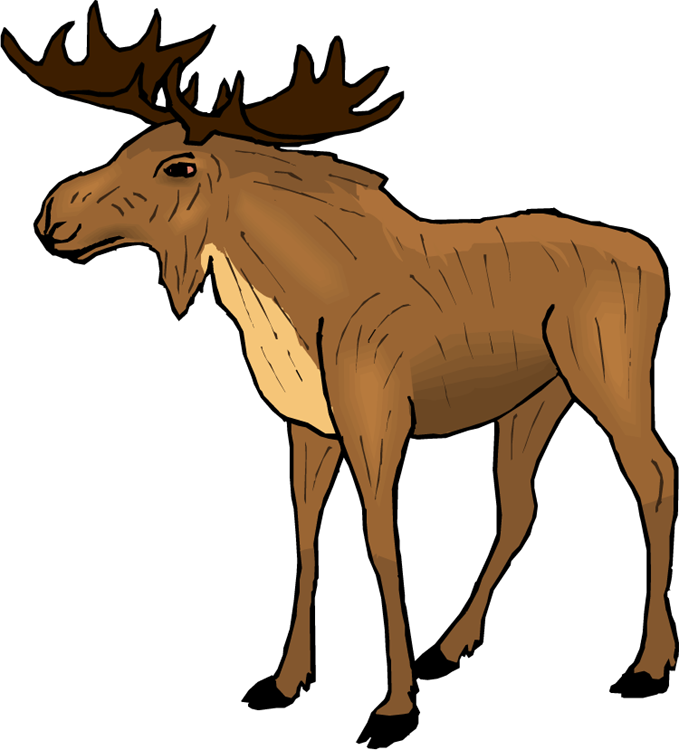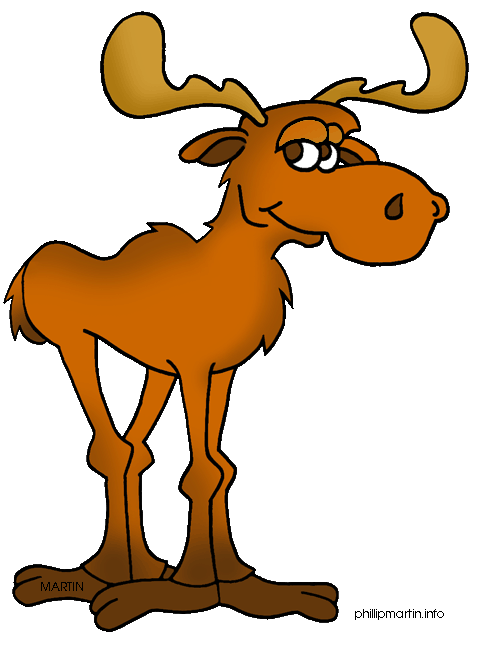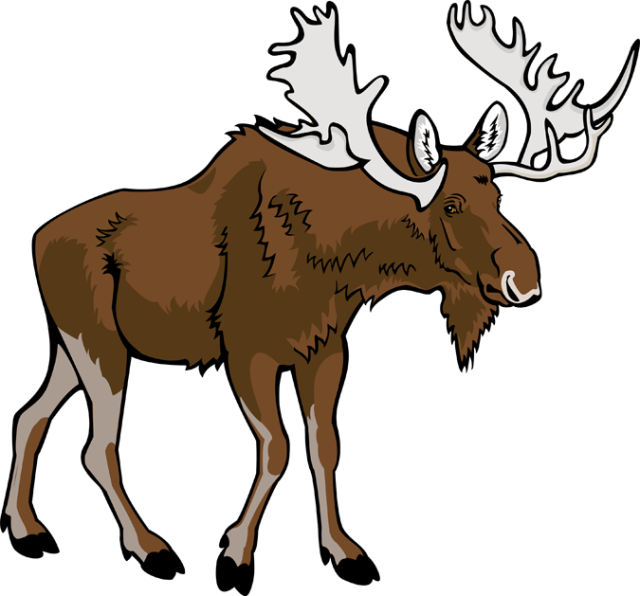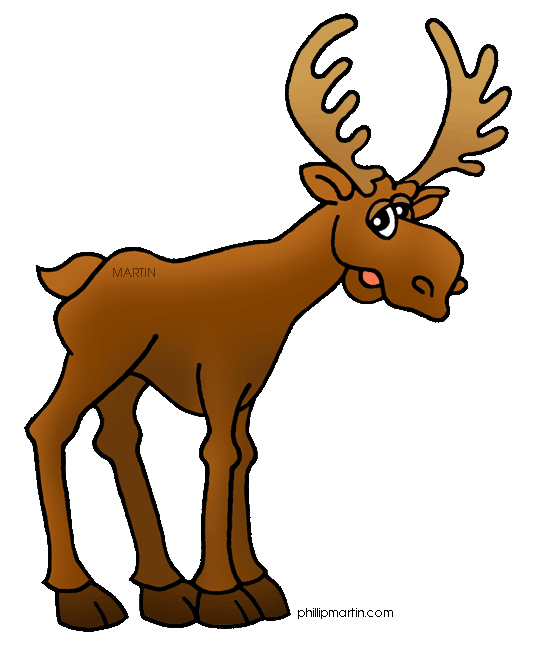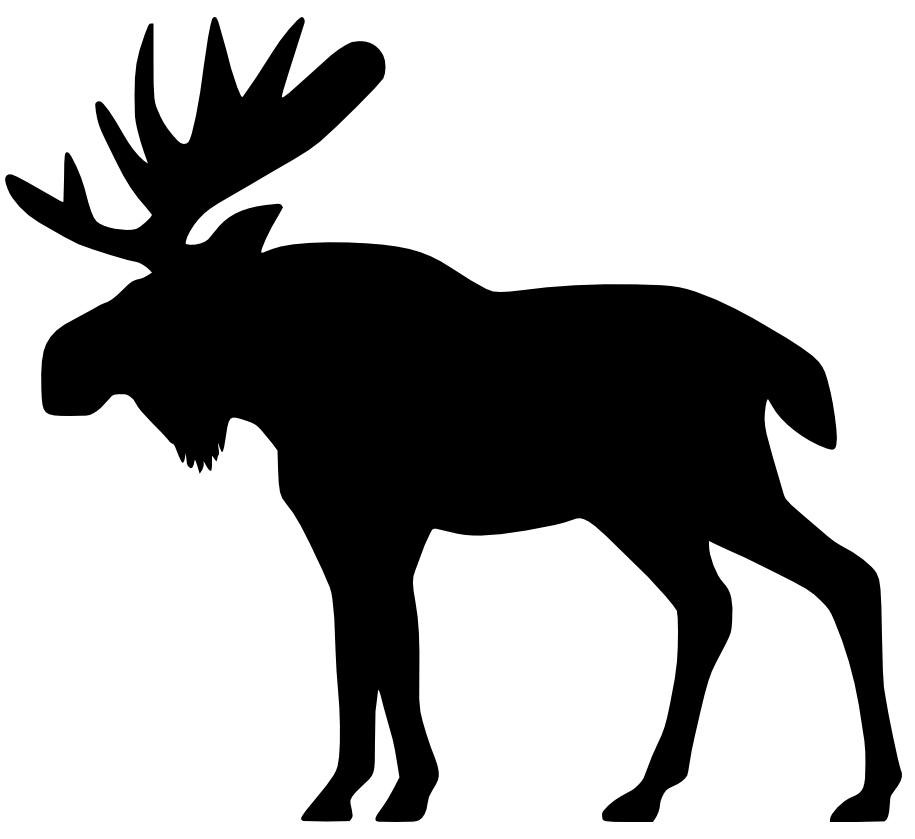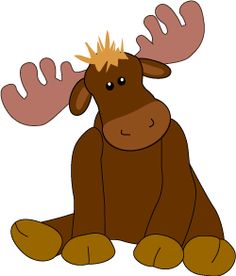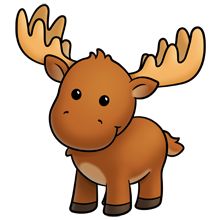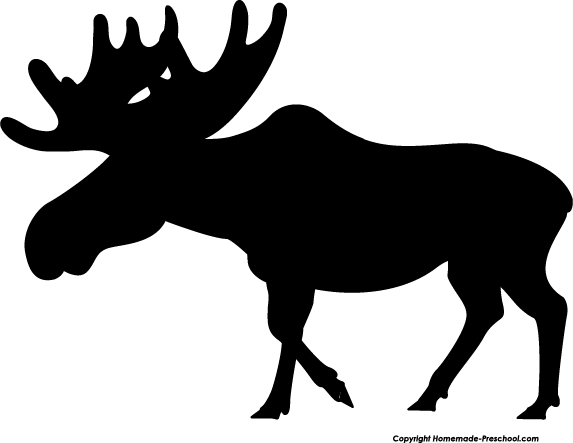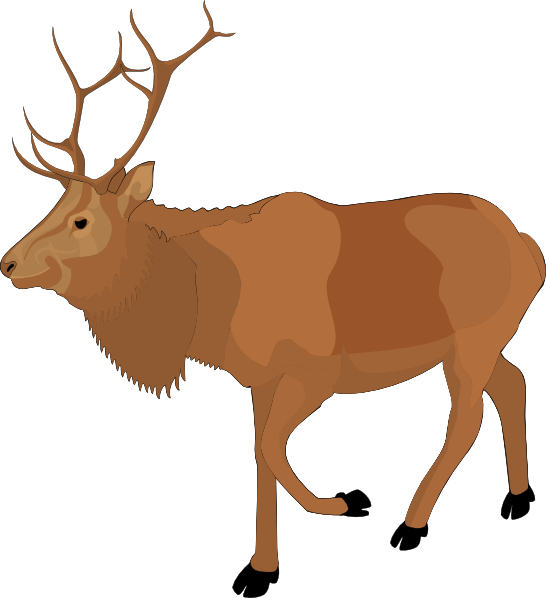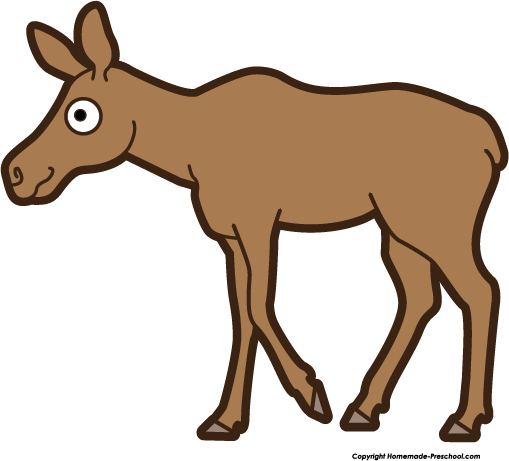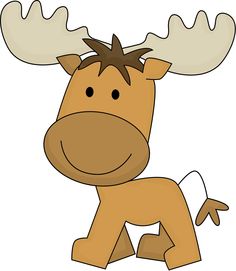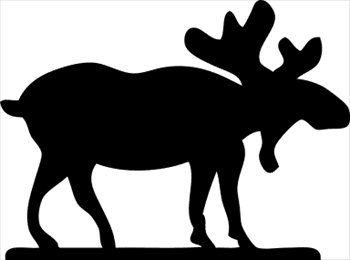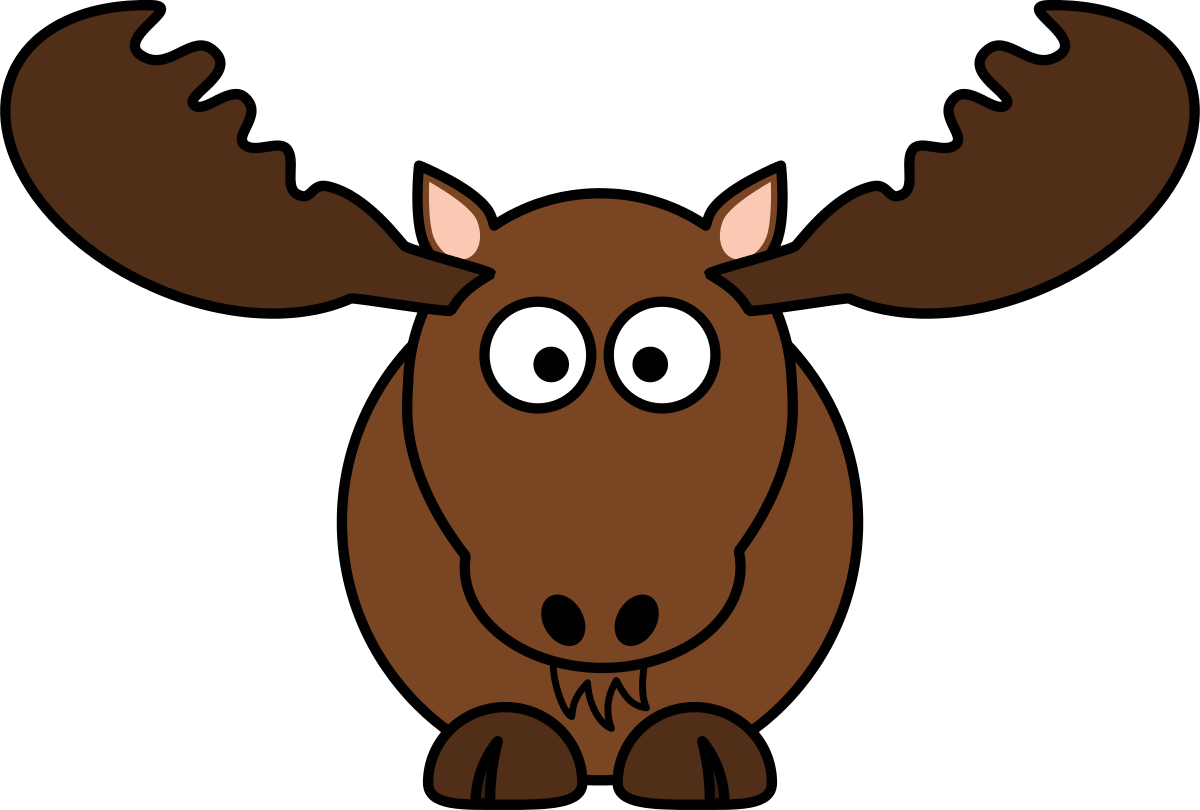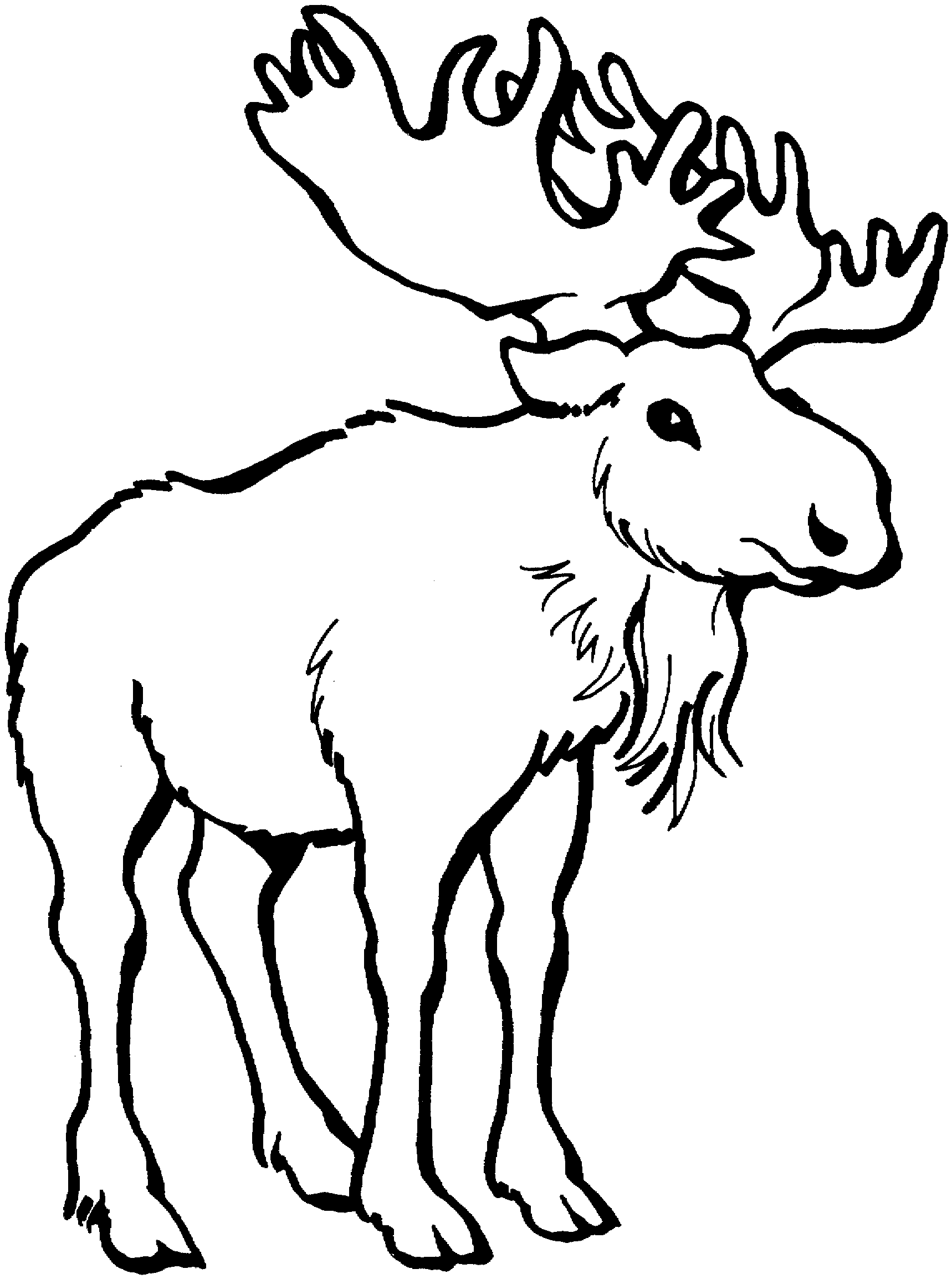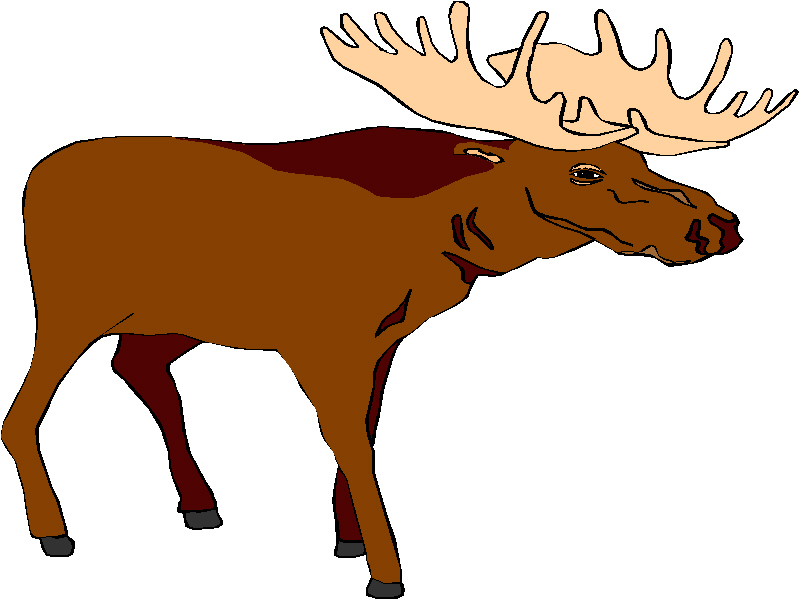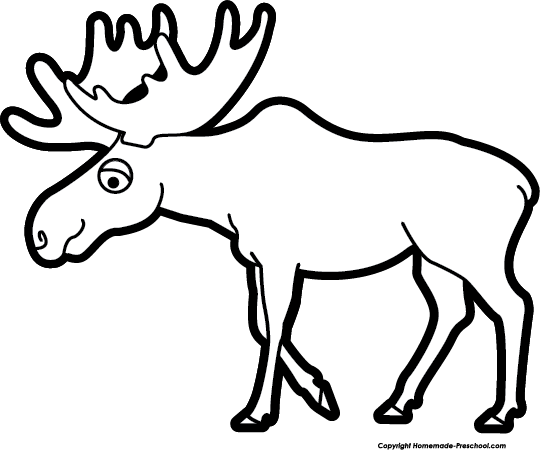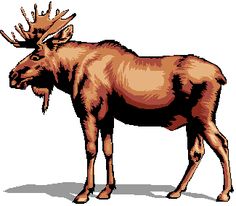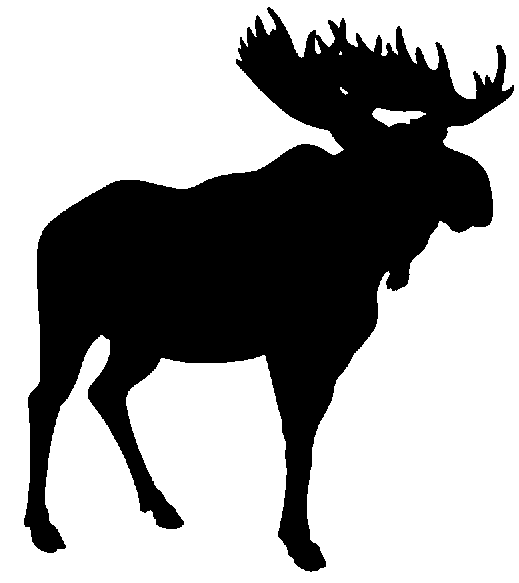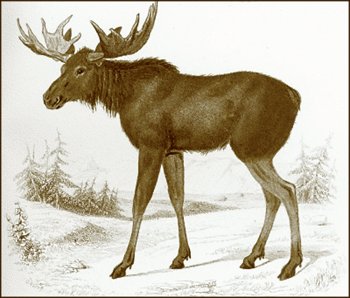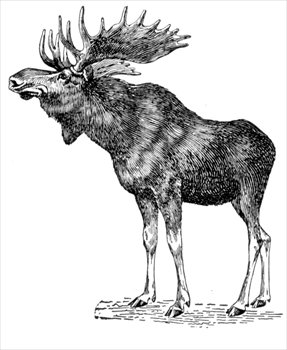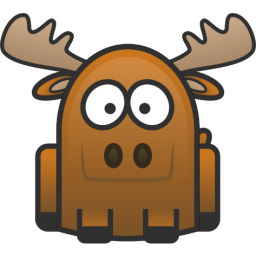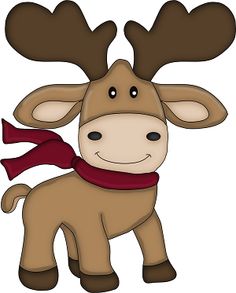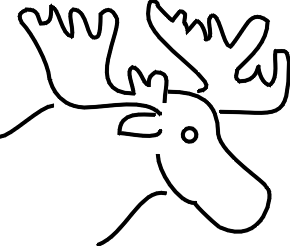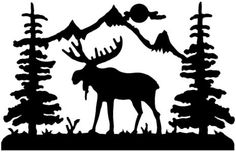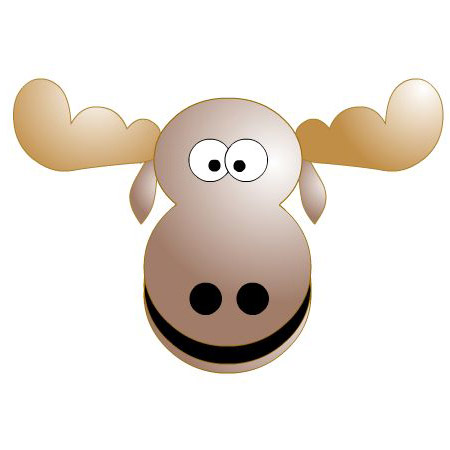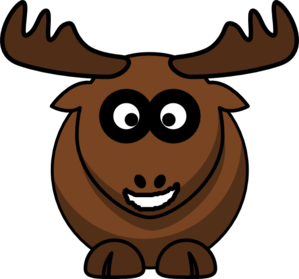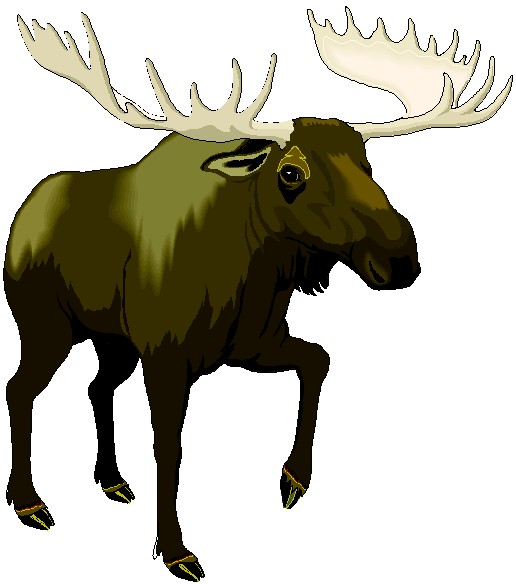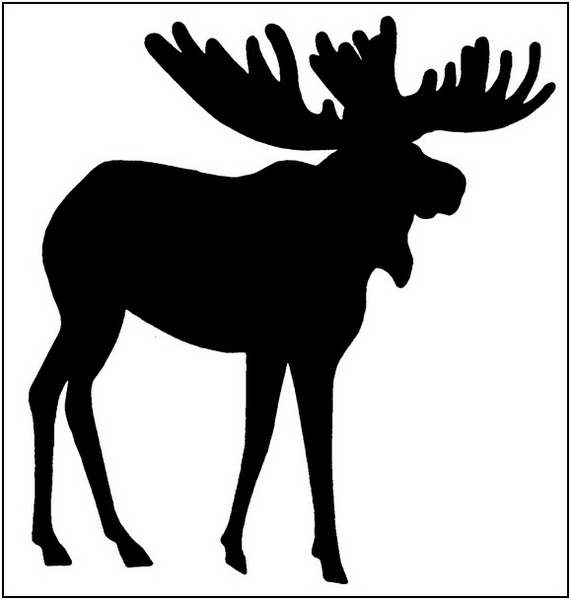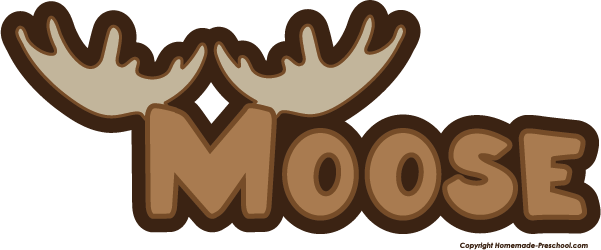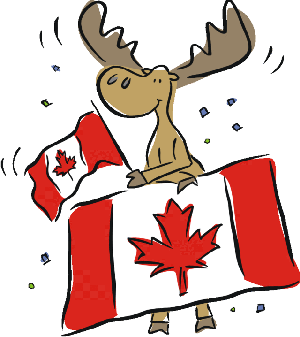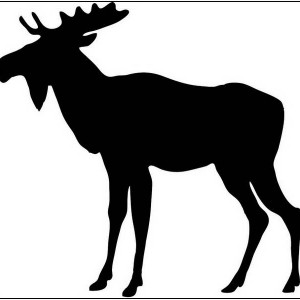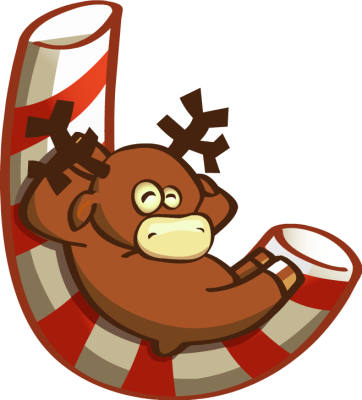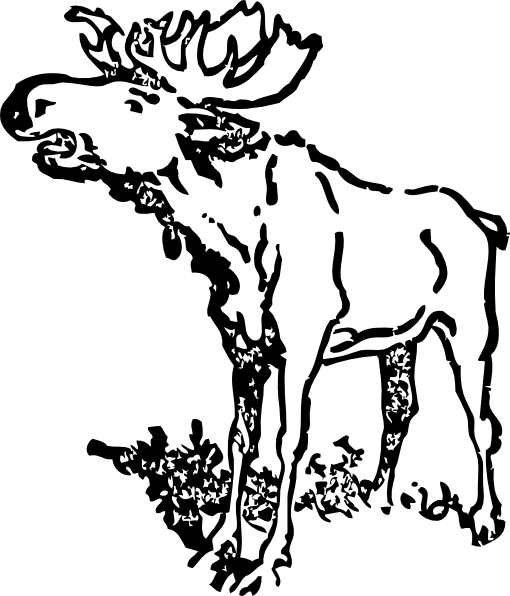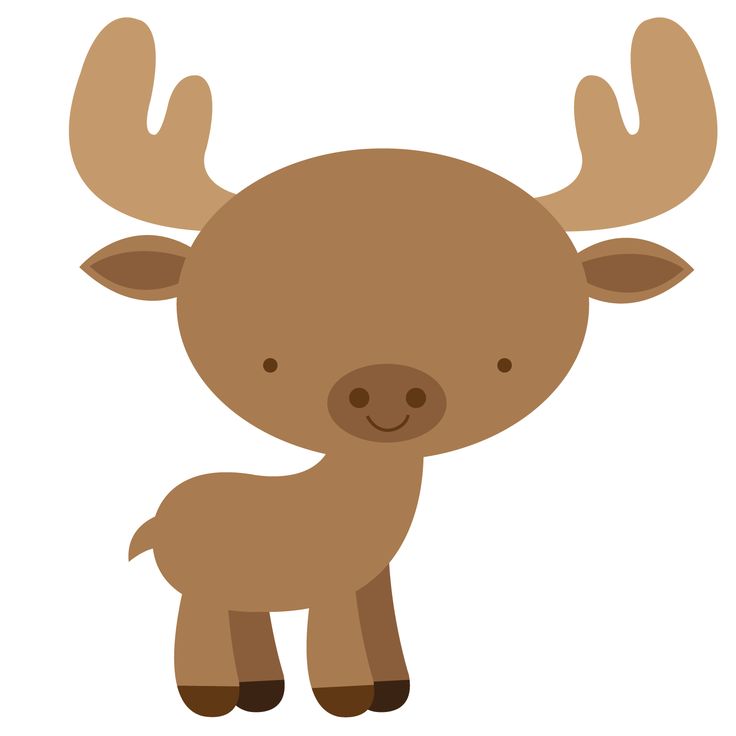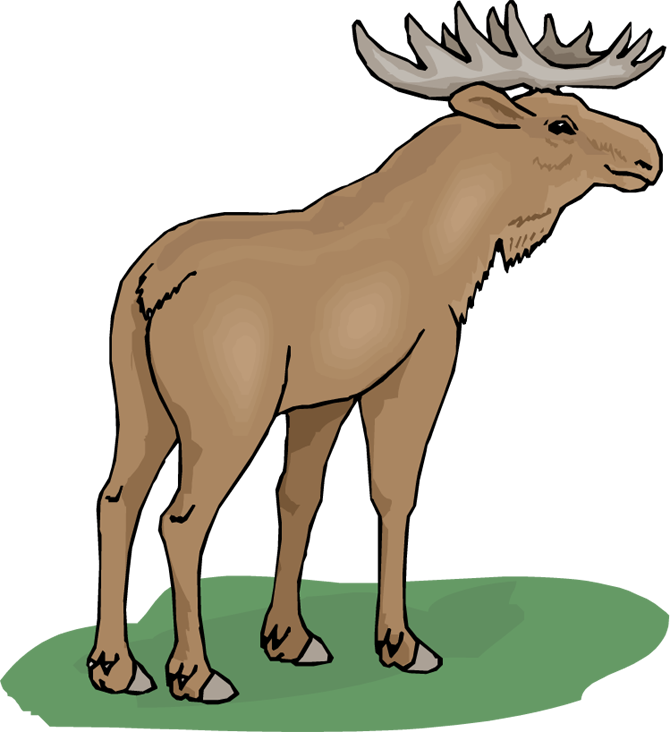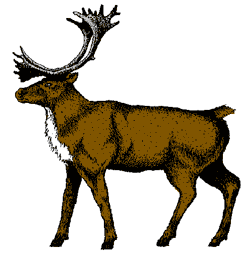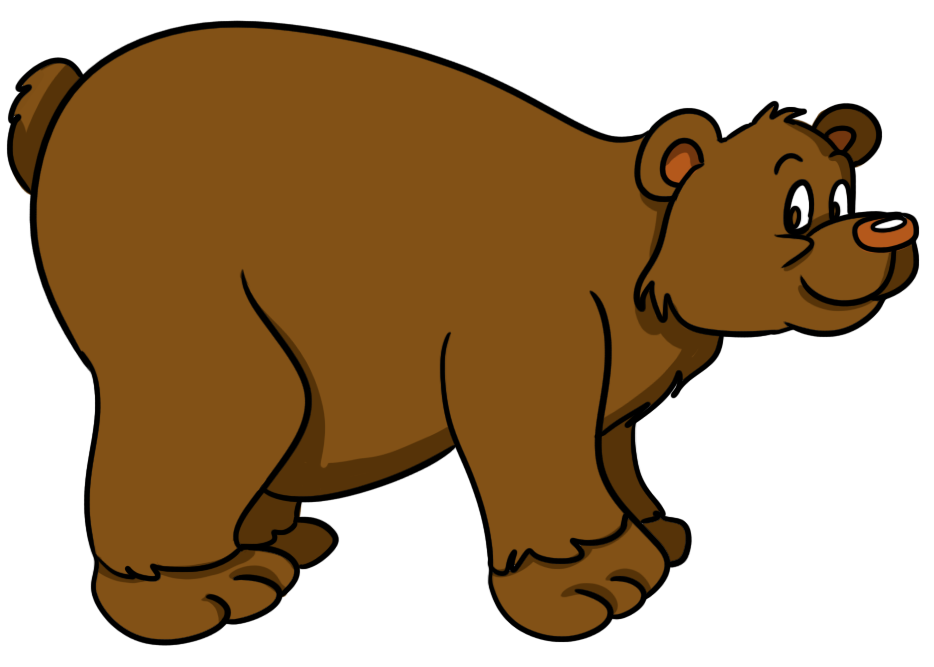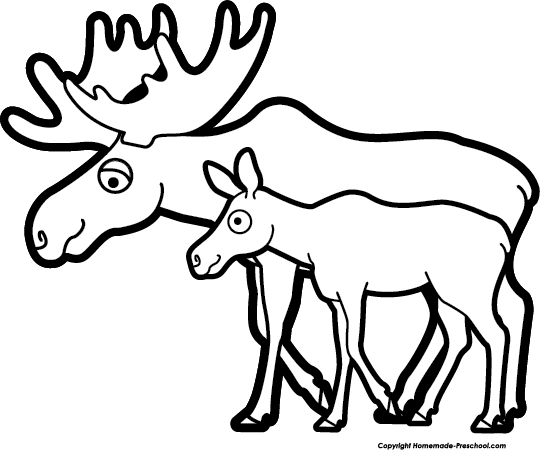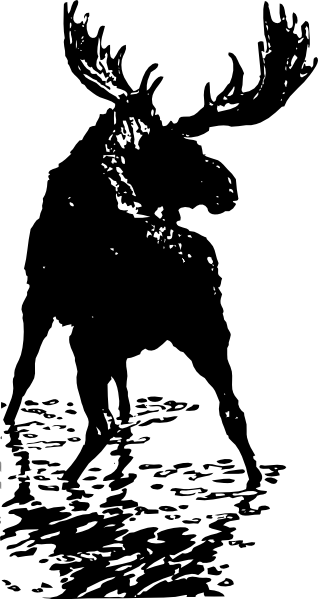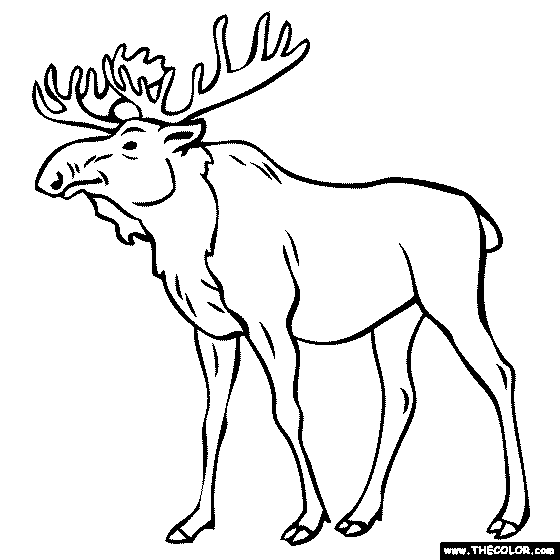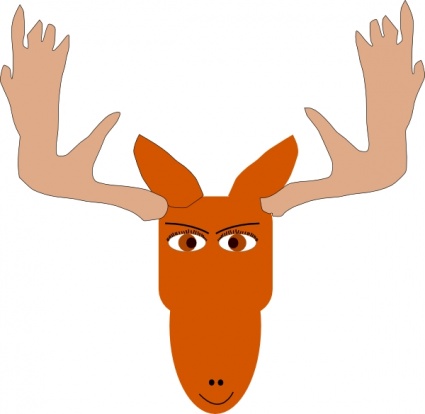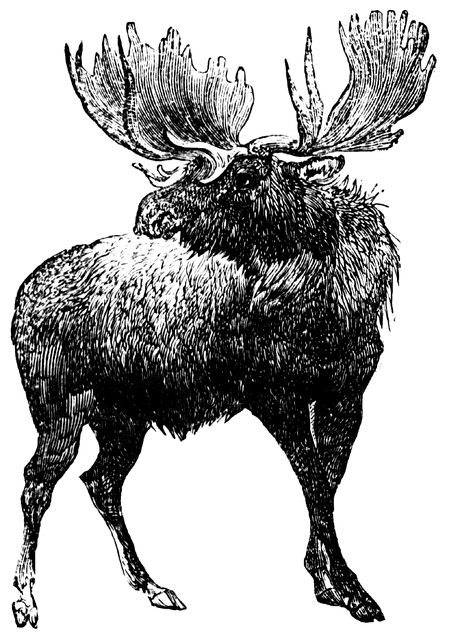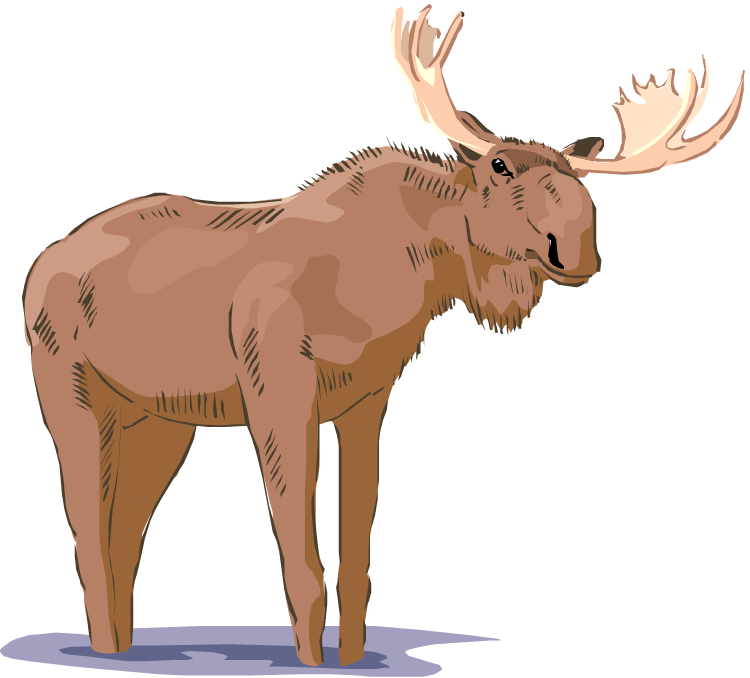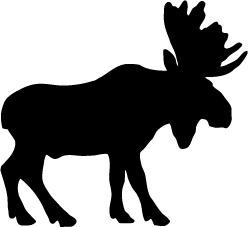Moose Clipart
Moose are the largest members of the deer family, identifiable by their immense size, long faces, overhanging snouts, and impressive antlers that stretch up to 6 feet wide. These iconic symbols of the northern wilderness roam forests and wetlands of North America, Europe, and Russia. There are several subspecies of moose with slight variations – such as the Eurasian elk and smaller Alaskan moose. But all share a curiosity towards humans that captures our imaginations along with their imposing presence.
Physical Characteristics of Moose
- Stand 6 feet tall at the shoulder
- Weigh up to 1400 pounds
- Males (bulls) weigh 30-40% more than females
- Long, bulbous snout with loose upper lip for browsing foliage
- Coat color ranges from blackish brown to blonde
- Impressive palmate antlers on males, up to 6 feet wide
- Adapted for cold climates with thick fur and insulating ears
- Fast runners up to 35 mph; good swimmers
Sexual Dimorphism
Bulls develop the iconic wide, flattened antlers each mating season to intimidate rivals before shedding them in winter. Their necks also thicken with muscle and long hair. Cows have thinner necks and no antlers.
Moose Habitats and Diet
Moose thrive eating fresh green vegetation near water sources like:
- Boreal and mixed forests – especially young regrowth with abundant willow, birch and aspen
- River valleys and wetland ecosystems
- They consume 40-60 pounds of browse daily
In deep winter when foliage is scarce, moose strip and eat bark from trees and shrubs or browse underwater plants.
Moose Mating and Lifecycle
During the autumn mating ritual called the rut, bulls battle violently – crashing antlers and slashing with hooves – while making odd gurgling calls to establish dominance. Cows give birth the following spring, most often to twins.
Key phases:
- Gestation – 8 months
- Weaning – 4-5 months
- Maturity – 18 months bulls, 36 months cows
- Lifespan – 15-20 years wild; up to 30 years in captivity
Types of Moose
While once 12 subspecies roamed Eurasia and North America, taxonomic classifications continue to evolve. Main types include:
Eurasian Elk
Historic range across northern Europe and Asia in taiga and tundra biomes. Lighter fur than other moose. Eight subspecies identified.
Eastern Moose
Native to northeastern North America with thick brown coats and large palmate antlers. Largest moose subspecies.
Alaskan Moose
Shorter-legged with massive bodies adapted to deep snow. Darkest coats of all moose. Prefer boreal forests and tundra landscapes.
Shiras Moose
Most temperate-dwelling moose of North America with lighter fur and compromise body size for mountain woodlands.
Relationship with Humans
Moose interactions with people date back to paleolithic cave paintings. Their hides and meat have sustained indigenous Arctic cultures for millennia. Later they became icons of the northern wilderness, idolized in paintings, photographs, cartoons and city sculptures.
Modern Issues
- Collisions with trains, cars and planes
- Hunting for subsistence and sport
- Ecosystem impacts where introduced outside endemic ranges
- Domestication attempts failed due to aggression
Moose in Art and Literature
The distinctive profiles of moose antlers and awkward proportions have long inspired creative interpretations:
- Native American petroglyphs and illustrations
- Medieval European coat of arms symbols
- Political cartoon mascots
- Whimsical sculpture installations in parks
- Children’s stories like A Moose That Says Moo
Threats Facing Moose
Cyclical over-browsing of key habitats stresses some populations. Threats also include:
- Predators – wolves, bears, humans
- Parasites – winter ticks, brainworm
- High heat stress in summer
- Mineral deficiencies from salt licks
- Vehicle collisions
Climate change poses emergent challenges by increasing summer heat stress, shifting vegetation zones, spurring diseases like tick infestations, and exacerbating flood or drought conditions.
Moose Clipart
From school projects to seasonal greeting cards, moose motifs enliven designs in various graphical styles:
Realistic Moose Graphics
Detailed, anatomically accurate clipart suitable for reports or capturing majestic moose portraits. Often set against scenic habitats.
Cartoon Moose Images
Friendlier, anthropomorphized vector moose cartoons showing charming facial expressions. Work well for illustration stories or in animated contexts.
Moose Silhouettes
Stark high-contrast solid moose shapes, useful as framing devices or repeating patterns. Includes side profiles of moose with signature antler shapes.
Conservation Status and Efforts
While Eurasian and Eastern moose face localized population declines from habitat pressures and disease, most moose species remain abundant and widespread regionally, balancing natural population boom-bust cycles.
Ongoing conservation needs:
- Monitoring herds and health factors
- Protecting critical food supplies and migration routes
- Public awareness campaigns on coexisting with wildlife
With proactive management focused on sustaining diverse native vegetation, the iconic moose seems poised to endure across northern landscapes.
In this page clipartix present 53 moose clipart images free for designing activities. Lets download Moose Clipart that you want to use for works or personal uses.
